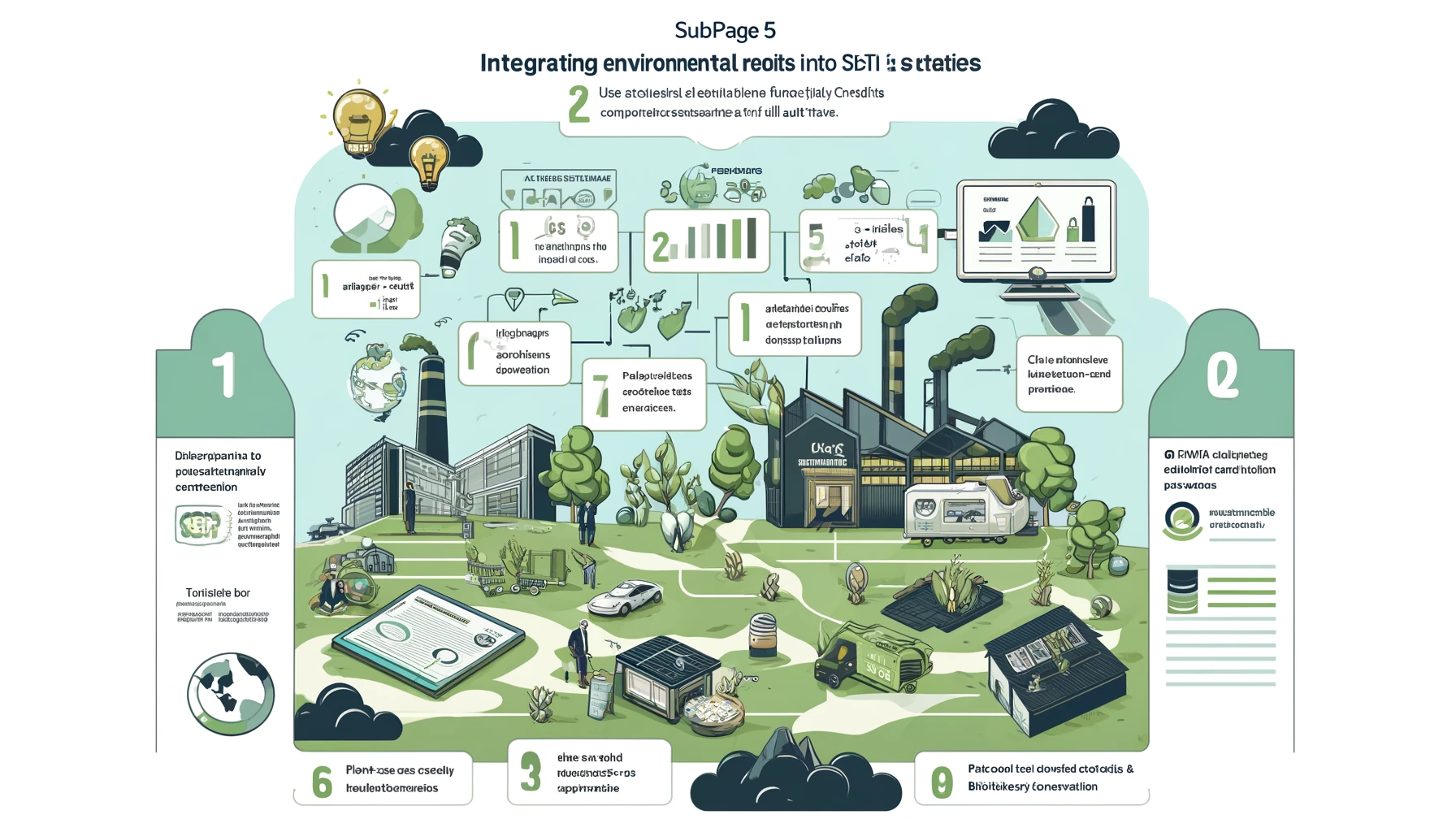
Actionable Integration: Environmental Credits in Your SBTi Strategy
With the urgency of aligning corporate strategies with the Science-Based Targets initiative (SBTi), the incorporation of environmental credits stands out as a pivotal mechanism. This subpage offers a comprehensive guide on selecting and seamlessly integrating high-quality, integrity-assured environmental credits into your SBTi-aligned corporate emissions reduction strategies, with a spotlight on the VMCI framework and the criticality of plant-level certified credits.
Understanding Environmental Credits
- Brief Overview: A primer on environmental credits, emphasizing their role in compensating for unavoidable emissions and enhancing biodiversity conservation efforts.
- Importance in SBTi: Explanation of how environmental credits align with SBTi’s latest climate science endorsements, supporting corporate strategies in achieving ambitious emissions reductions targets.
Selecting High-Quality Credits
- Criteria for Selection: Outlines the criteria for selecting high-quality, integrity-assured environmental credits, including additionality, permanence, and verifiability.
- Role of VMCI Framework: Introduction to the Voluntary Carbon Market Integrity (VCMI) framework, explaining how it guides businesses in choosing credits that genuinely contribute to sustainability goals.
Step-by-Step Integration Guide
- Assessing Emissions and Identifying Gaps: Start with a thorough assessment of your current emissions and identify areas where reductions are challenging.
- Credit Selection Aligned with SBTi: Based on the assessment, select environmental credits that complement your SBTi strategy, focusing on those that are plant-level certified with full audit trails.
- Incorporating Credits into Sustainability Reporting: Guidance on how to report the use of environmental credits within sustainability reporting frameworks, emphasizing transparency and accountability.
- Leveraging VMCI for Integrity and Quality: Utilize the VMCI framework to ensure your credit selection upholds the highest standards of environmental integrity and contributes to global sustainability efforts.
Visual Enhancements
- Integration Flowcharts: Provide visual flowcharts detailing the process of integrating environmental credits into corporate sustainability strategies, from emissions assessment to credit selection and reporting.
- Case Studies: Highlight successful examples of businesses that have effectively incorporated environmental credits into their SBTi strategies, with a focus on plant-level certification and full audit trails.
Interactive Element
- Integration Wizard: An interactive tool that guides users through the process of selecting the right environmental credits for their SBTi-aligned strategies, incorporating VMCI guidelines and sustainability reporting requirements.
Key Takeaway
For businesses committed to genuine sustainability progress, the careful selection and integration of environmental credits into SBTi strategies are non-negotiable. Adhering to the highest standards of quality and integrity, particularly through plant-level certified credits with comprehensive audit trails, is essential in making a measurable impact on global emissions reductions and biodiversity conservation.
Conclusion
As we navigate the complexities of climate action, the strategic integration of environmental credits offers a path to aligning with the latest climate science and achieving SBTi targets. By adhering to guidelines like those provided by the VMCI and prioritizing credits with full transparency and verifiability, businesses can ensure their contributions to sustainability are both impactful and accountable.